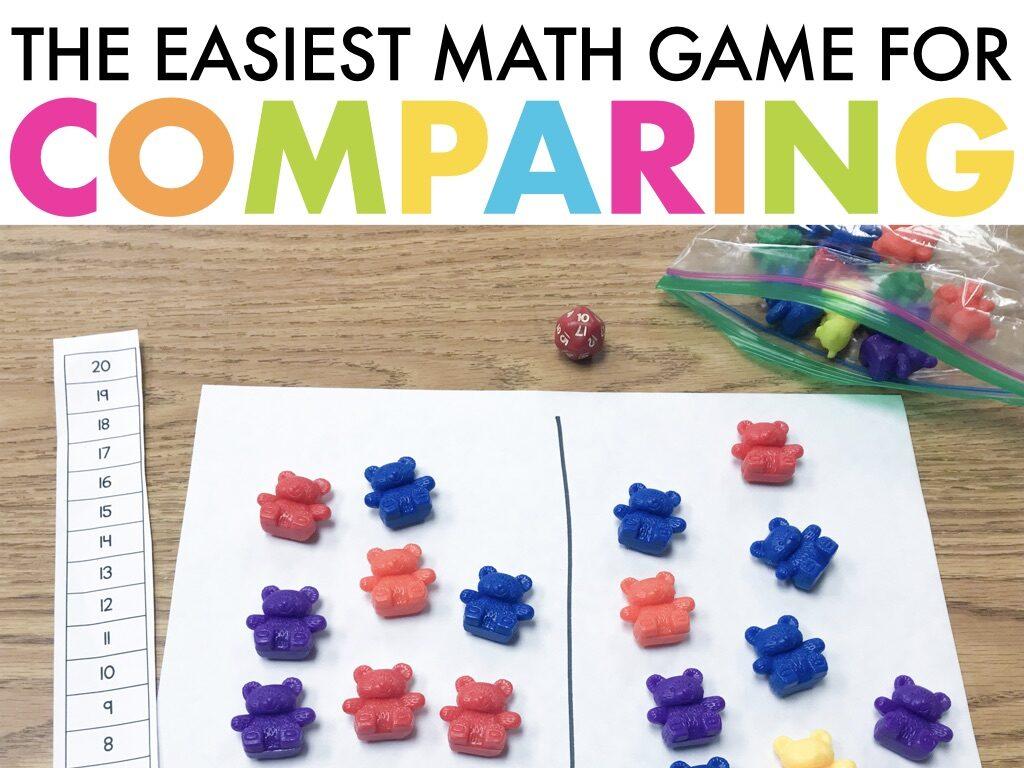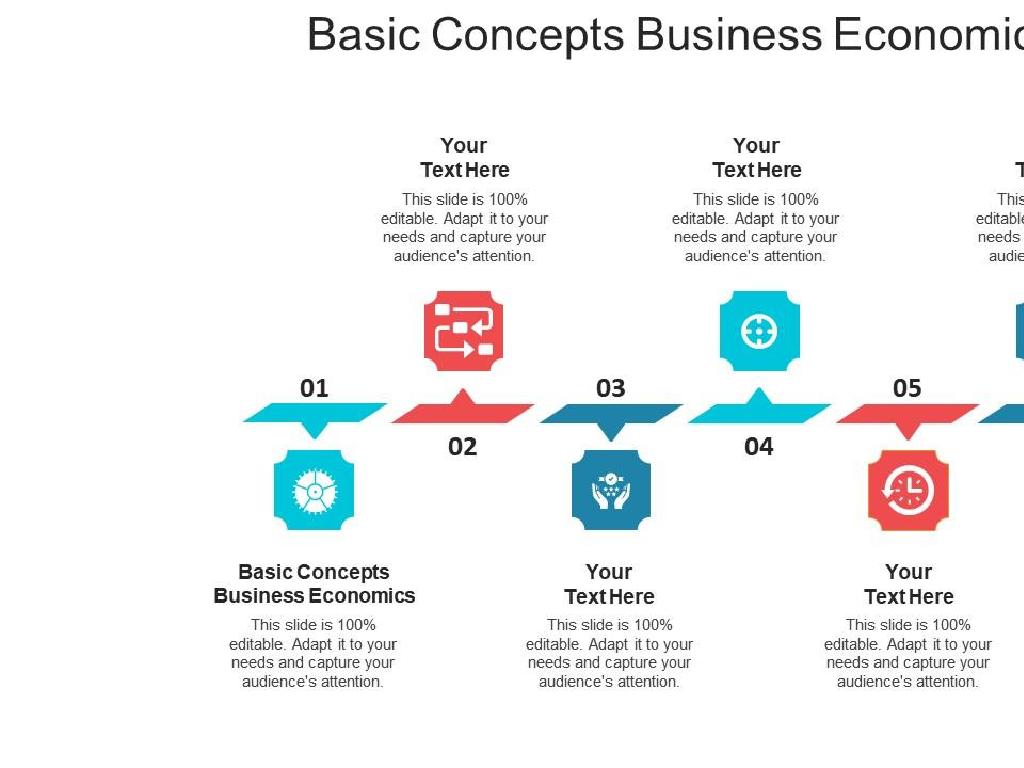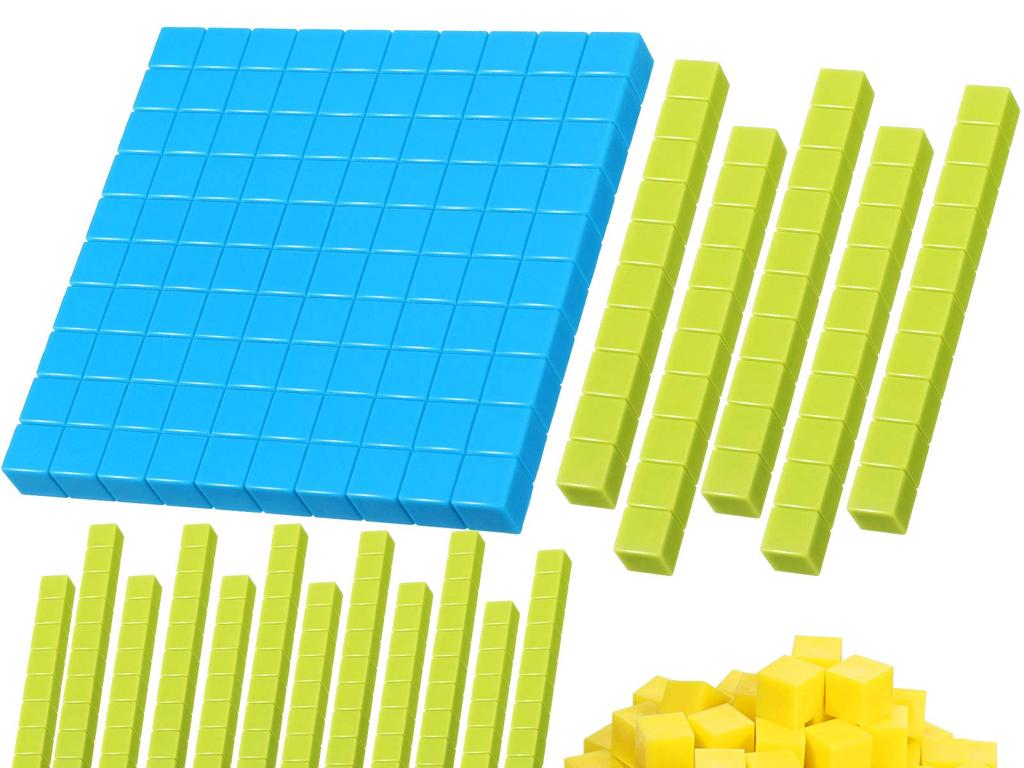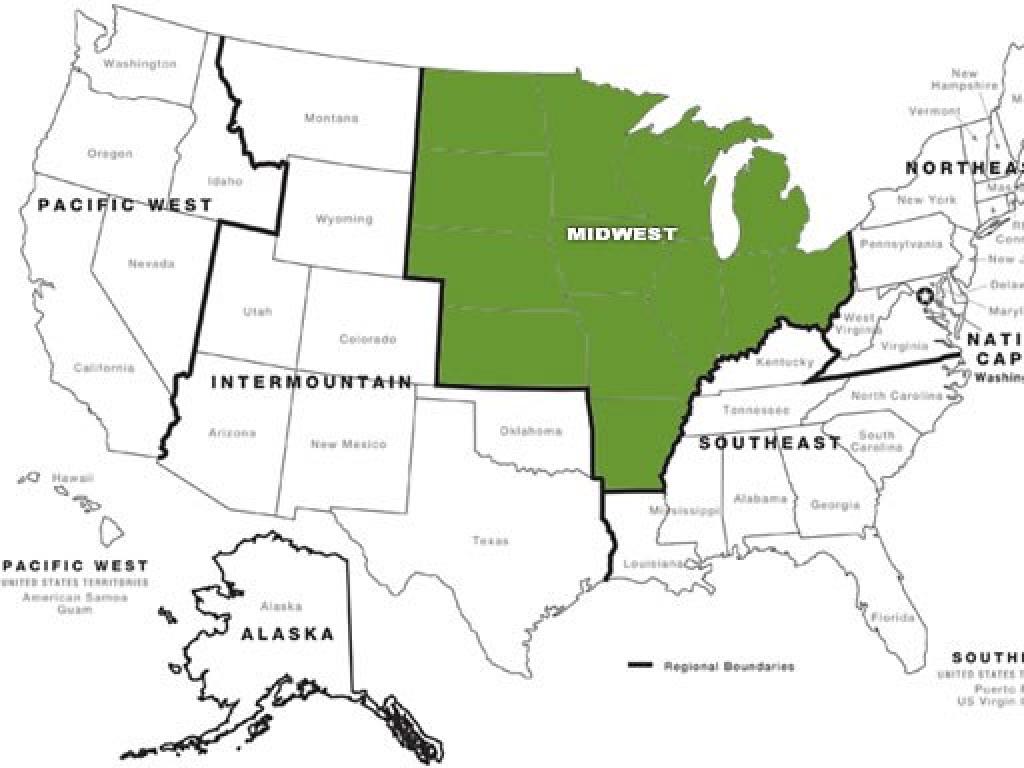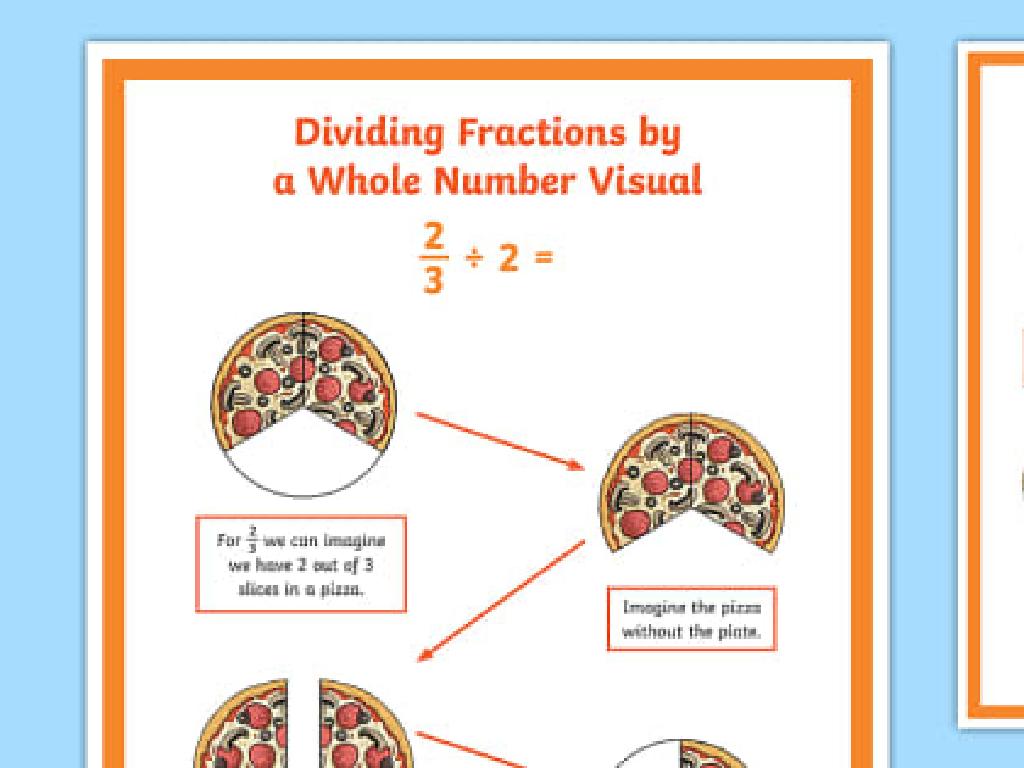Choose Evidence To Support A Claim
Subject: Language arts
Grade: Sixth grade
Topic: Persuasive And Opinion Writing
Please LOG IN to download the presentation. Access is available to registered users only.
View More Content
Introduction to Persuasive Writing
– Define Persuasive Writing
– Persuasive writing aims to convince readers to accept a particular point of view or take action.
– Opinion vs. Fact
– Opinions are beliefs; facts are truths that can be proven.
– The Power of Persuasion
– Using words to influence others’ thoughts or actions.
– Making Your Case with Evidence
– Gather facts, statistics, or quotes to support your opinion convincingly.
|
This slide introduces students to the concept of persuasive writing, a key component of Language Arts. Persuasive writing is all about presenting arguments to sway the reader to the writer’s point of view. It’s crucial to differentiate between opinion, which is personal, and fact, which is based on evidence and truth. The power of persuasion lies in the ability to argue effectively and convincingly, making a strong case for one’s position. Students should learn to support their claims with solid evidence, such as facts, statistics, or quotes from credible sources. Encourage students to think critically about the arguments they encounter and to practice crafting their own with clear, supported claims.
Understanding Claims in Persuasive Writing
– Define a claim in writing
– A claim is a statement that asserts a belief or truth, often debatable.
– Examples of claims in texts
– ‘School should start later’ or ‘Recycling is essential for the environment.’
– Activity: Identify claims
– Analyze sample texts to find the main claim.
– Discussing the importance
– Claims are the foundation of persuasive writing.
|
This slide introduces the concept of a claim in persuasive writing, which is a crucial element in forming arguments. Start by defining a claim as a statement that presents a point of view or argument. Provide clear examples of claims from persuasive texts to illustrate the concept. Then, engage students with an activity where they identify claims in sample texts, enhancing their analytical skills. Discuss why identifying claims is important, as it helps in understanding the writer’s argument and in developing their own persuasive writing skills. Encourage students to think critically about the claims they encounter and to practice formulating their own claims effectively.
Types of Evidence: Supporting Your Claim
– Facts vs. Opinions: Understand the difference
– Facts are indisputable truths, opinions are beliefs.
– Types of evidence: Stats, Quotes, Stories
– Statistics are numerical data; quotations are exact words from a source; anecdotes are short personal stories.
– Assessing evidence strength
– Strong evidence is credible, relevant, and supports your claim effectively.
– Practice evaluating evidence
|
This slide introduces students to the concept of evidence in persuasive writing. Start by explaining the difference between facts (verifiable pieces of information) and opinions (personal beliefs). Introduce statistics as numerical evidence that can provide powerful support for a claim, quotations as authoritative voices that can add credibility, and anecdotes as relatable stories that can illustrate a point. Teach students how to evaluate evidence by considering its source, relevance, and how convincingly it supports the claim. Include an activity where students practice distinguishing between strong and weak evidence, perhaps by reviewing examples or evaluating evidence presented in a short article or story.
Supporting Your Claim with Evidence
– Selecting strong evidence
– Use facts, stats, quotes to back your claim
– Link evidence to your claim
– Explain how your evidence supports your claim
– Activity: Evidence-Claim Match
– Match given evidence to the correct claim
|
In this slide, we focus on the importance of choosing the right evidence to support a claim in persuasive writing. Students should understand that evidence can include facts, statistics, or quotes from credible sources that reinforce their argument. It’s crucial to not only present evidence but also to explain how it directly supports the claim being made. The class activity involves matching pieces of evidence to different claims, which will help students practice the skill of connecting evidence to claims effectively. For the activity, prepare several claims and corresponding pieces of evidence on separate cards and ask students to work in groups to match them correctly. Discuss the matches as a class afterward to ensure understanding.
Crafting Your Argument: Structuring Persuasive Essays
– Organize your persuasive essay
– Start with an introduction, followed by body paragraphs, and a conclusion
– Introduce your claim clearly
– State what you believe and what you’re arguing for
– Present evidence to support your claim
– Use facts, quotes, or real-life examples to make your case
– Conclude with a strong statement
– Summarize your argument and leave a lasting impression
|
In this slide, we focus on the structure of a persuasive essay, which is crucial for presenting a coherent argument. Begin by explaining the importance of organizing the essay with a clear introduction, body, and conclusion. Emphasize the need for a clear thesis statement that introduces the claim. Teach students how to support their claim with strong evidence, which could include statistical data, authoritative quotes, or anecdotal evidence. Finally, discuss how to write a conclusion that restates the claim and reinforces the argument, aiming to persuade the reader. Encourage students to practice each part of the essay and provide them with examples of effective persuasive writing.
Class Activity: Crafting Persuasive Paragraphs
– Pick a claim for your paragraph
– Find three evidences to back your claim
– Use facts, statistics, or quotes to strengthen your argument
– Write your persuasive paragraph
– Exchange paragraphs for peer review
– Give constructive feedback on clarity and persuasiveness
|
This activity is designed to help students understand the importance of backing up their claims with solid evidence in persuasive writing. Students should first decide on a claim they want to make. This could be an opinion about a school policy, a societal issue, or something personal to them. Once they have their claim, they need to select three strong pieces of evidence that support their stance. These could be facts, statistics, quotes from credible sources, or real-life examples. After writing their paragraph, they will partner up with a classmate to exchange their work and provide each other with constructive feedback. The teacher should circulate the room to assist with evidence selection and to guide the peer review process. Possible activities for different students could include writing on varied topics like school uniforms, homework policies, or environmental conservation.
Review and Reflect: Building Strong Arguments
– Characteristics of a strong argument
– A strong argument is clear, logical, and well-supported by facts.
– The role of evidence in persuasion
– Evidence strengthens claims, making them more believable.
– Reflect on evidence you’ve used
– Think about a time you convinced someone using facts or examples.
– Class discussion on key learnings
– Share your experiences and learn from others.
|
This slide aims to consolidate the students’ understanding of persuasive writing by reflecting on the elements that contribute to a strong argument. Emphasize the necessity of clear, logical reasoning supported by appropriate evidence. Encourage students to think about instances where they have used evidence to support their claims, whether in previous assignments or in their daily lives. The class discussion should be an interactive session where students can share their experiences and insights, allowing them to learn from each other’s approaches to choosing and presenting evidence. This will help them recognize the importance of evidence in making a persuasive argument and improve their critical thinking and analytical skills.
Homework: Craft Your Persuasive Essay
– Select a topic you’re passionate about
– Gather three types of evidence
– Facts, statistics, personal anecdotes, or quotes from experts
– Write your persuasive essay
– Get ready to present in class
– Practice reading it aloud to build confidence
|
This assignment encourages students to engage in persuasive writing by choosing a topic they care about, which increases their investment in the task. They must use at least three different types of evidence to support their claim, such as factual data, statistics, personal stories, or authoritative quotes. This will help them understand the importance of evidence in making a persuasive argument. The essay should be structured with a clear introduction, body, and conclusion. Students should be prepared to present their essays in the next class, which will help them develop public speaking skills. Provide examples of persuasive writing and discuss how different types of evidence can strengthen an argument. Offer guidance on organizing their essays and tips for effective presentation.

